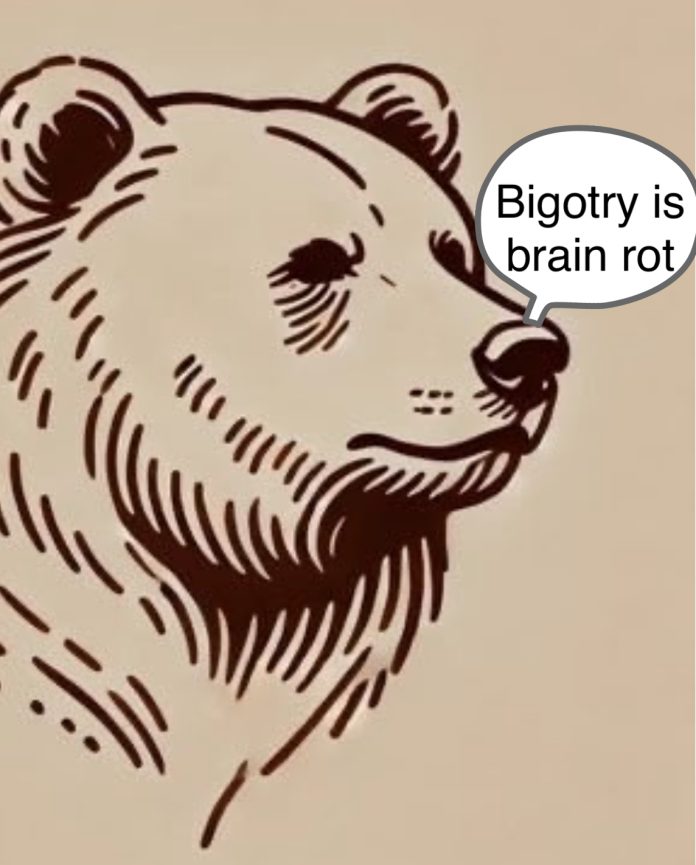In recent discussions, I’ve noticed a disturbing trend: comments like “it’s not xenophobic to discuss illegal immigration” and “it’s not racist if it’s true.” Such statements reflect a profound misunderstanding of what constitutes discriminatory language. To address this, I’ve devised six tests to help determine whether a statement is racist, homophobic, Islamophobic, xenophobic, or otherwise discriminatory.
The Six Tests
The first test is the Intent and Impact Test. This involves questioning the goal behind a statement. Is it meant to inform, or is it aimed at spreading fear and hate? Regardless of the intent, we must consider the impact: does the statement reinforce negative stereotypes, incite fear, or create division?
Next is the Stereotype and Generalisation Test. This test checks if the statement lumps an entire group together based on race, ethnicity, religion, or nationality. It also asks if the statement unfairly attributes negative traits or behaviours to an entire group.
The Context and Comparison Test is also crucial. It examines whether the discussion is balanced or if it cherry-picks negative aspects while ignoring positives. Additionally, it asks if the statement would be acceptable if it were about a different group. If not, why?
Then, there’s the Respect and Dignity Test. This test evaluates whether the statement treats all individuals with respect and dignity, regardless of their background. It also considers whether the statement recognises the complexity and humanity of the people being discussed.
The Truth and Evidence Test is another essential measure. It assesses if the statement is based on verified facts and evidence, or if it is fuelled by rumours, stereotypes, or anecdotal nonsense. Furthermore, it questions whether the sources are credible and unbiased, or known for spreading misinformation and prejudice.
Lastly, the Inclusion and Exclusion Test looks at whether the statement promotes inclusion and understanding or seeks to exclude and alienate. It also considers whether the statement fosters a sense of community and shared humanity, or if it drives people apart.
Examples of Discriminatory and Non-Discriminatory Statements
To illustrate these tests, consider the following examples:
Example A: Discussing immigration policies and their economic impact is necessary for informed decision-making. This is not discriminatory as it focuses on policy rather than vilifying individuals. However, saying “All immigrants are criminals and should be deported” is discriminatory because it generalises and vilifies an entire group based on nationality or legal status.
Example B: Stating that certain cultural practices need better understanding to foster integration is a balanced approach. Conversely, claiming that “People from X country refuse to integrate and only cause trouble” creates a negative stereotype and unfairly generalises a whole group.
Example C: Reviewing housing policies to ensure fair access for all residents is not discriminatory. In contrast, saying “New arrivals are given all the housing while locals are left homeless” perpetuates harmful myths about immigrants and housing access, making it discriminatory.
Example D: Addressing concerns about public safety and crime rates is important for community well-being. However, stating “Immigrants are responsible for the increase in crime rates” unfairly scapegoats an entire group without considering broader societal issues and actual crime data.
The Misuse of Free Speech
Let’s address the oft-misquoted notion of “free speech.” In the UK, we don’t have “Freedom of Speech” as it exists in the US. Instead, we have the right to Freedom of Expression under Article 10 of the European Convention on Human Rights. This means you have the freedom to express yourself, but it is balanced against the rights of others and societal interests. Hate speech, incitement to violence, and discriminatory statements are not protected under “Freedom of Expression,” despite claims to the contrary.
It’s time to stop whitewashing discrimination under the guise of “opinion,” “discussion,” or “free speech.” We must be vigilant in recognising and calling out discriminatory language in all its forms. By applying these six tests, we can better identify and challenge harmful rhetoric, fostering a more inclusive and respectful society.
The Bear
@i_iratus
KEEP US ALIVE and join us in helping to bring reality and decency back by SUBSCRIBING to our Youtube channel: https://www.youtube.com/channel/UCQ1Ll1ylCg8U19AhNl-NoTg AND SUPPORTING US where you can: Award Winning Independent Citizen Media Needs Your Help. PLEASE SUPPORT US FOR JUST £2 A MONTH https://dorseteye.com/donate/







